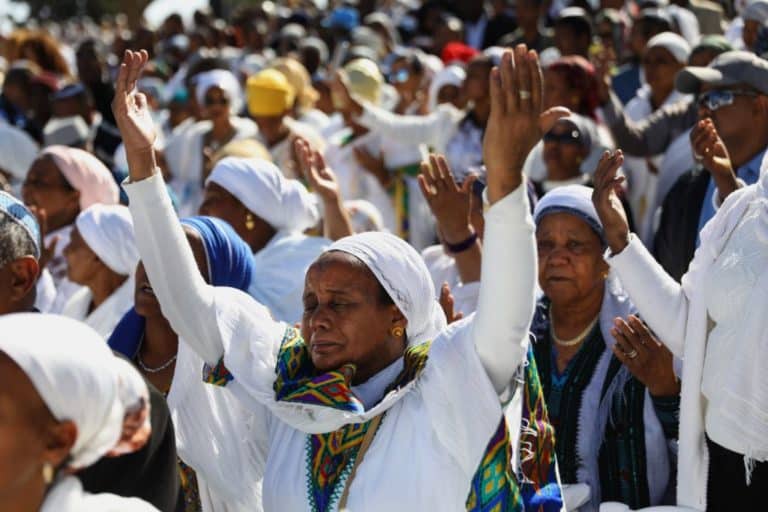
I grew up at a time when Ethiopian Jewry was prominent in the minds of Jews around the world. In fact, one of my earliest educational memories involves Ethiopian Jewry. A four year old student at Beth Sholom Nursery School in Rochester, NY, our teachers talked to us about Ethiopians fleeing the land of their birth, heading for Israel. I distinctly remember one teacher pretending to march like a soldier guarding the border (I assume between Ethiopia and Sudan) while we hid and ran to “freedom” when she turned away. The fact that this experience stuck with me speaks to the impression it made.
Several years later, I remember the pride that rippled through the Jewish community when, in May 1991, news broke that Israel had airlifted thousands of Beta Israel Jews in the monumental and record setting Operation Solomon. My community was abuzz with astonishment that 14,000 Jews were brought home. Perhaps then was the first time I heard the oft-repeated line, “it’s the first time a nation took Africans out of Africa to give them freedom rather than slavery.”

Many years later, the energy behind the movement to bring Ethiopian Jews to Israel has faded, which may be understandable given the small number of Jews that remain. In Israel, Ethiopian immigrants faced and continue to confront a myriad of problems, and the passion of many failed to translate to the long struggle over equal rights, absorption, and acceptance.
The truth is very much that the wider Jewish world misses out by not actively strengthening our connection with Israeli Ethiopians. They are the inheritors of a rich and phenomenally meaningful tradition which, though different than that of normative Rabbinic Jews, testifies to their devotion and loyalty to the Torah and the Jewish People. As with all Jews, they never lost faith that one day they would be brought to Israel and Jerusalem, and the reality of their return sanctifies the name of God and is nothing short of miraculous.
The holiday of Sigd
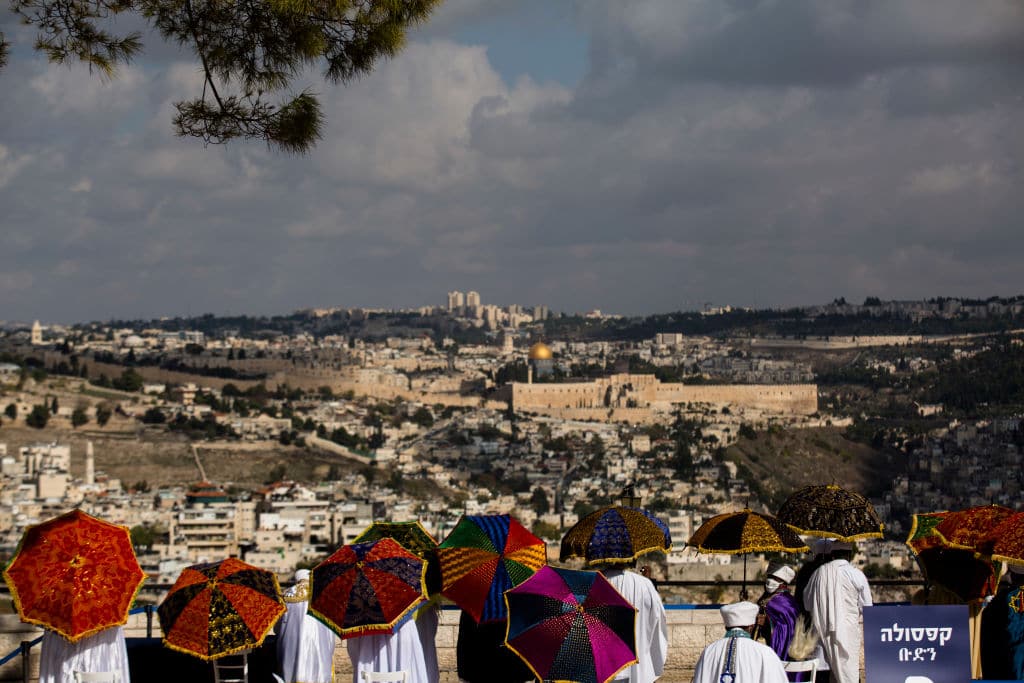
At the heart of Beta Israel tradition is the holiday of Sigd. Fifty days after Yom Kippur, the community fasts, wears their finest clothes, and in the past ascended a mountain as one. At the peak, they bowed, prayed, and, facing Jerusalem, yearned for their return. Modeled on a similar ceremony described in Nechemia 9, Kessim, the religious leaders of the community, led participants in communal repentance, a reaccepting of the Torah, and prayers for the return to Zion. Following the service, they descended in joy and shared festive meals prepared the night before. Now in Israel, the Ethiopian community still comes together, though now the mountain they climb in Armon HaNatziv directly overlooks Jerusalem: the city they love so deeply.
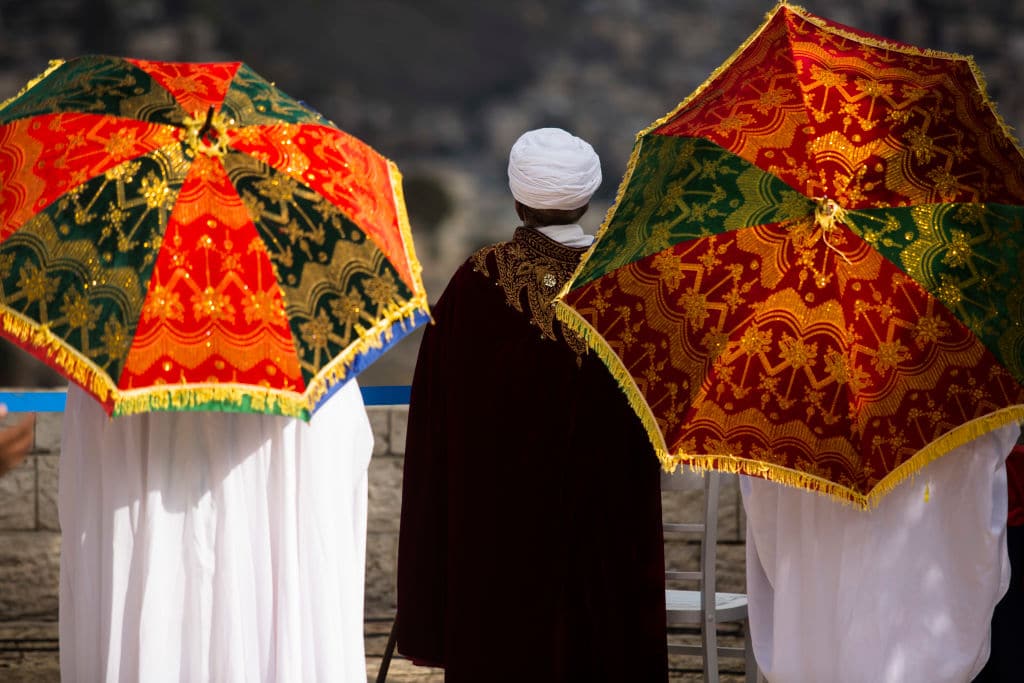
Mixed among participants in the celebration are members of other groups within the Israeli and Jewish public. In some circles, Sigd is, indeed, commemorated, but usually superficially and as curious observers. The more I have learned, the more I have become convinced that the larger Jewish world should embrace Sigd as a holiday and honor it not just as a cultural quirk, but as a deeply meaningful religious festival.
I advocate for the adoption of Sigd for several reasons: First of all, the messages of Sigd are powerfully needed at all times, and certainly in our days. Reconciliation and community reflection are concepts obviously lacking in communities of all sorts. In an age of intense individualism, the Beta Israel’s focus on community and respect act as a prescription for many of our ills. Adoption of Sigd as a religious holiday, not just as a cultural phenomenon, can fundamentally change our communities for the better.
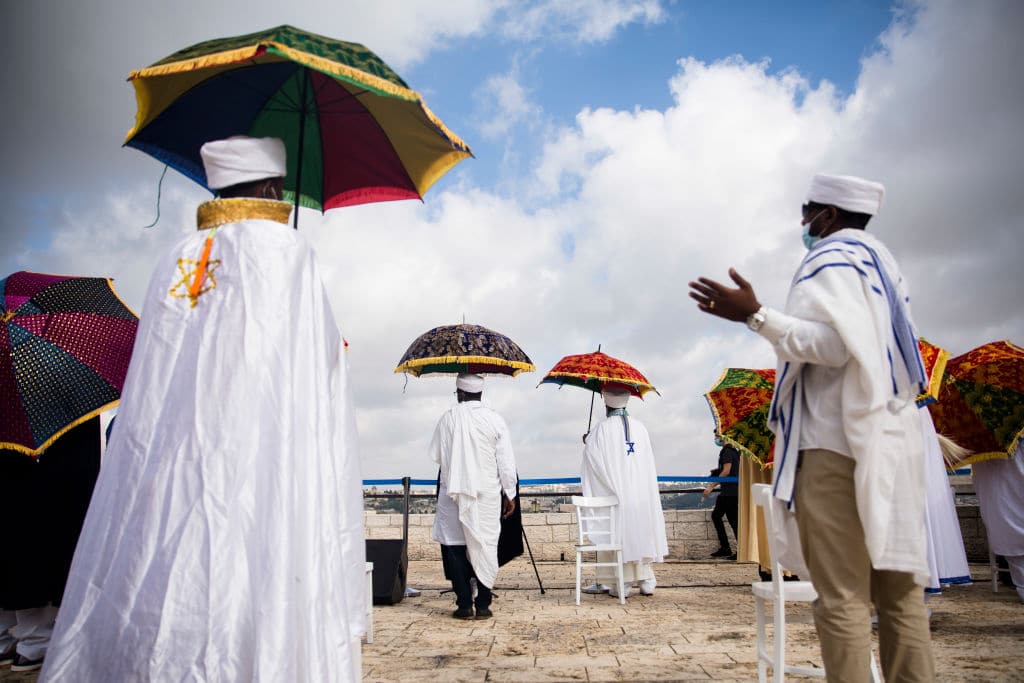
Over and above this basic reason, celebrating Sigd honors our brothers and sisters and their struggle. I came to Israel on a Nefesh B’Nefesh flight. So many of them walked seemingly endless kilometers encountering incalculable hazards to reach Israel. Thousands of Ethiopian Jews died on the journey to Israel and Jerusalem. But, as a community, they didn’t hesitate. For thousands of years, they longed for a return to Zion as deeply and passionately as any other Jew. When they were given the opportunity to come, they did so without a second thought with an idealism few Jewish communities possess. Celebrating Sigd is the first step in a larger project of honoring the commitment of the Beta Israel and ensuring the community is seen by all as an integral part of the fabric of the Jewish People.
As a step in realizing the goal of universal Jewish commemoration of Sigd, I compiled this guide. Written specifically for “outsiders,” my goal is to acquaint the reader with the Beta Israel community in general and Sigd in particular. I specifically focused on the more religious aspects of the holiday because many non-Ethiopians only encounter the day as one of cultural celebration. While far from an expert on any of these issues, I hope it will contribute to the proliferation of Sigd across the Jewish world.
A (Short) Introduction to the Beta Israel
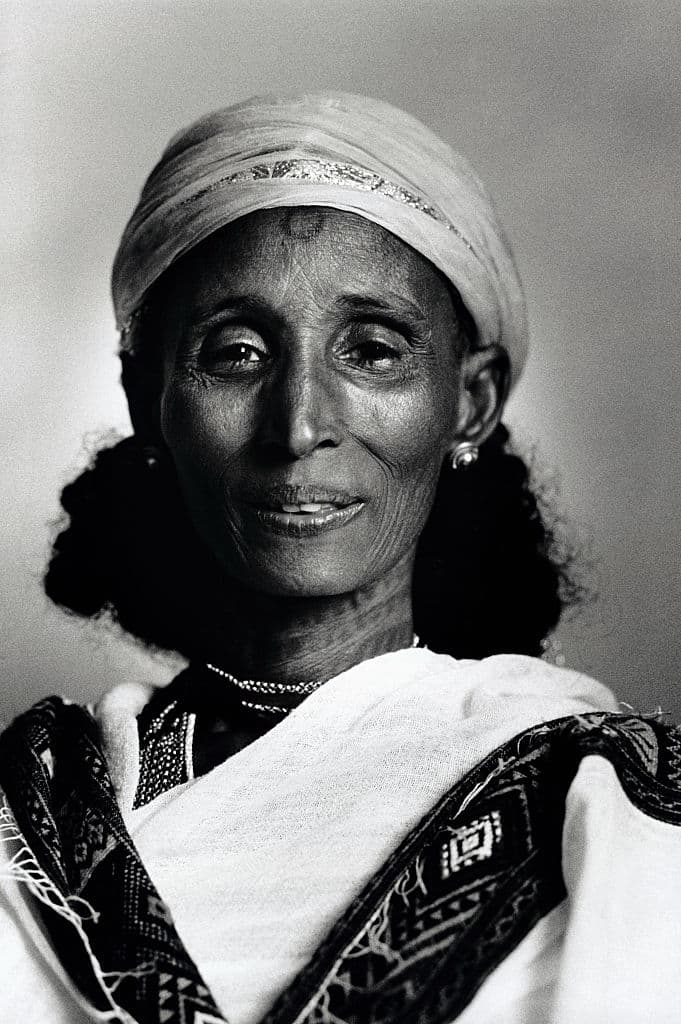
Let’s start with names: The Ethiopian Jewish community prefers the name Beta Israel, House of Israel. The historically used term Falasha means “outsider” and was a derogatory moniker used by the Beta Israel’s Christian neighbors.
Many traditions have been passed down for how the Beta Israel came to live in Ethiopia. The most popular is that they descended from the tribe of Dan during the first Temple period (c. 900-600 BCE). Other traditions cite the retinue accompanying the son of the Queen of Sheba and her son by King Solomon, Menelik. This group, it is said, were Israelites who opted to stay in Ethiopia. Other ideas include a community that migrated South from Egypt at some point, ranging from just after the Revelation at Mount Sinai to the reign of Cleopatra.
What is certain is that the Beta Israel community preserved a biblical tradition without the influence of the Sages of the Talmud. The Torah, called the Orit, is preserved in Ge’ez, an ancient semitic language. The religious leaders of the community, Kessim (plural of Kes), translate texts from Ge’ez to Amharic, the main spoken language of Ethiopia. For millennia, the Beta Israel have preserved a biblically based Judaism, keeping holidays, Shabbat, laws of purity, and the other mitzvot, albeit in ways different than most other Jewish communities.
They yearned for Zion and never wavered in their belief that they would return to the Land of
Israel and Jerusalem.
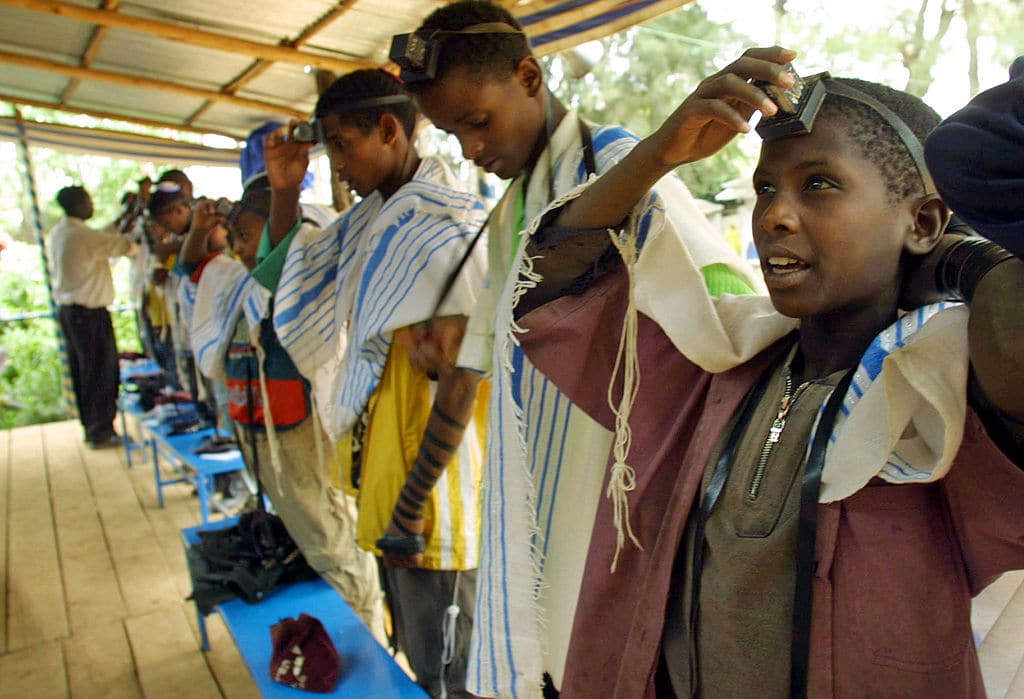
Unlike other Jewish communities, though, the Beta Israel were completely cut off from the rest of the Jewish world. Only in the nineteenth century did the two groups really become aware of the other’s existence. With the creation of the State of Israel a movement developed to bring the Beta Israel to the Jewish State. Chief Rabbi Ovadia Yosef paved the way for mass immigration with his 1973 ruling that Beta Israel were Jews in all respects. Many Ethiopian Jews undertook the journey to Israel on foot, so great was their love of Zion, with thousands dying in the deserts and refugee camps of Sudan. The Israeli government stepped in, most prominently in Operation Moses (1984) which brought approximately 8000 Ethiopian Jews to Israel via Brussels. The record setting Operation Solomon, an airlift of almost 15000 Jews to Israel over 36 hours.
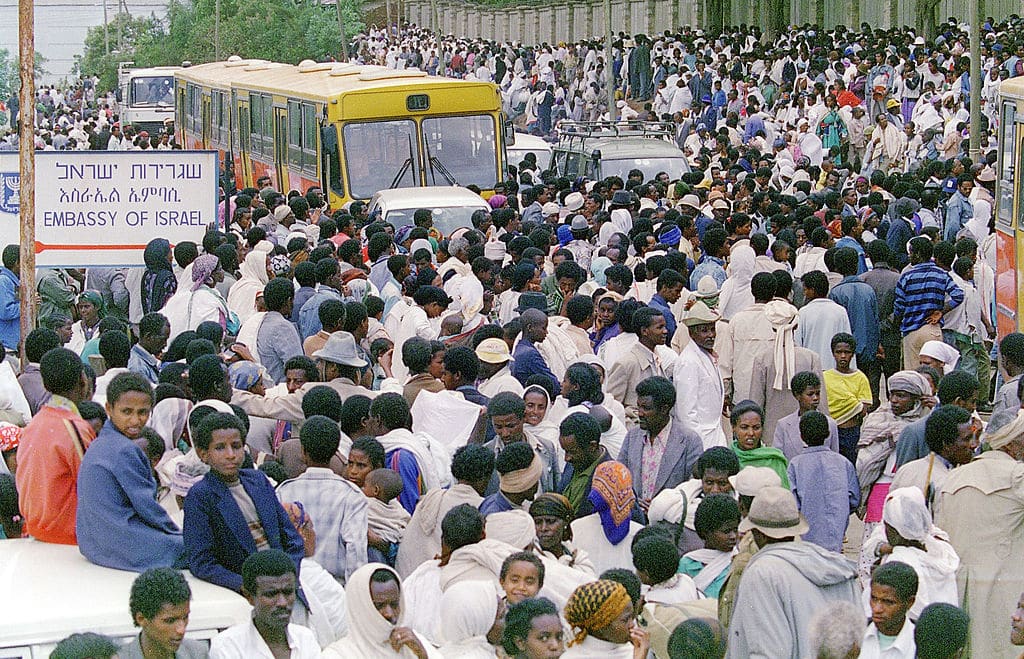
Though the vast majority of the Beta Israel community immigrated to Israel by 1991, a group called the Falasha Mura, those with Jewish ancestry who converted to Christianity by force or otherwise, remained behind. A struggle to bring those remaining Jews who have returned to Judaism to Israel has been ongoing, and now only a few hundred remain. Roughly 160,000 Ethiopian Jews live in Israel.
Source of the Sigd Festival
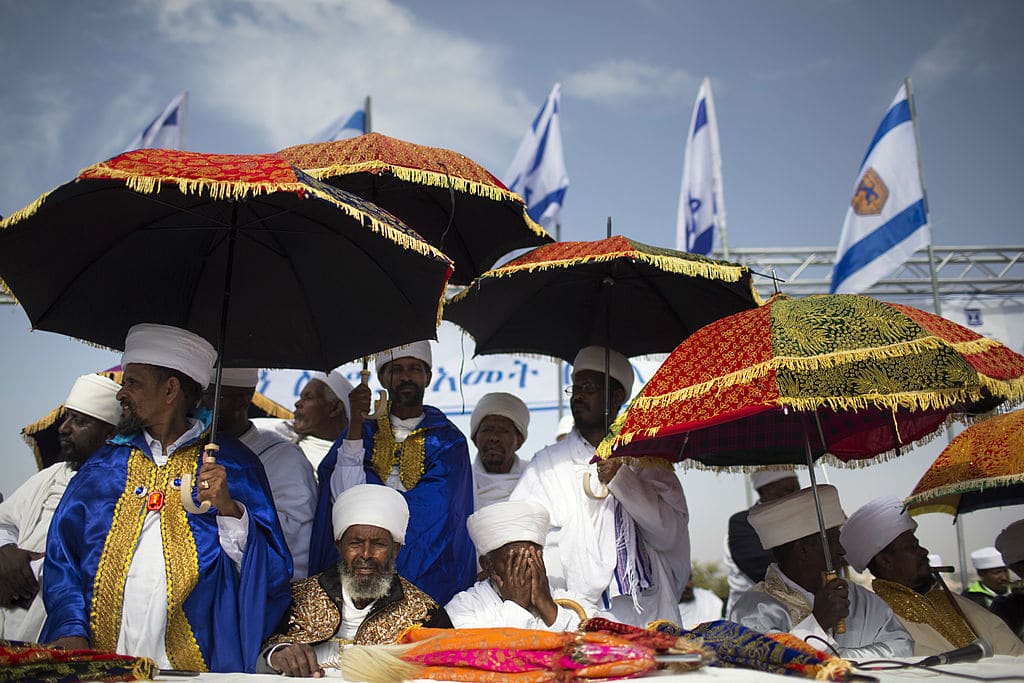
The exact transliteration of the Ge’ez word is “Sgd,” but Western texts usually use “Sigd” for ease of pronunciation. The alternate name Mahelele is parallel to the Hebrew word mehalelah, “supplication,” derived from the Hebrew word Hallel, “praise” (of God). The biblical source for the Sigd holiday is in the book of Nehemiah:
“And Ezra opened the book in the sight of all the people – for he was above all the people – and when he opened it, all the people stood up. And Ezra blessed the Lord, the great God. And all the people answered, “Amen, Amen,” with the lifting up of their hands; and they bowed their heads, and fell down before the Lord with their faces to the ground. (Nehemiah 8:5–6)
And they stood up in their place, and read in the book of the Law of the Lord their God a fourth of the day; and another fourth part they confessed, and prostrated themselves before the Lord their God.” (Nehemiah 9:3)
Date of the holiday
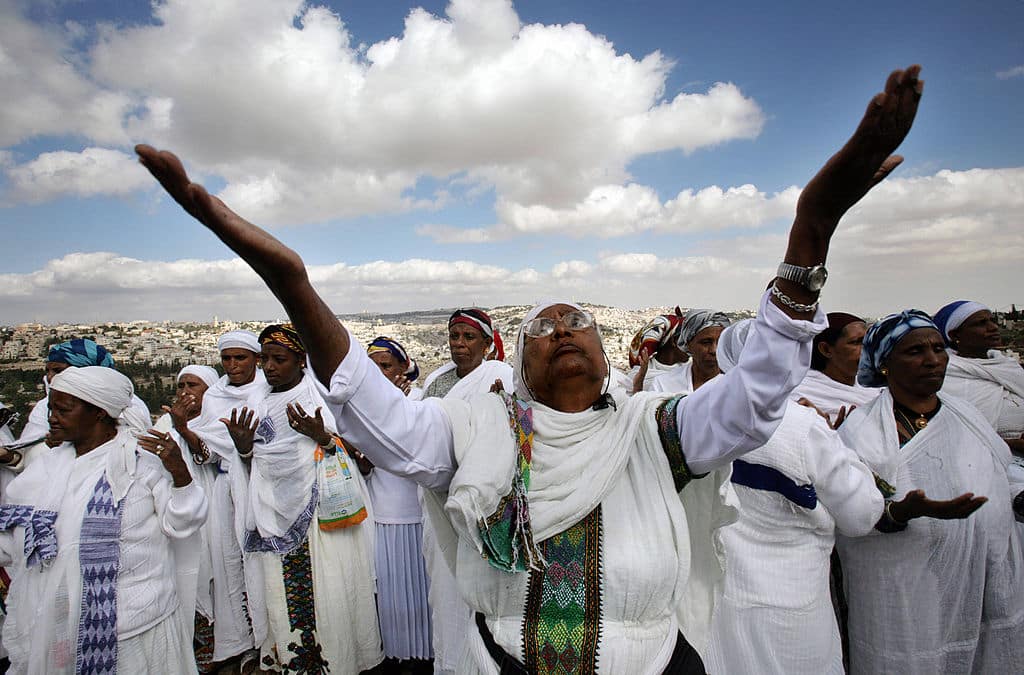
For many generations, this holiday was celebrated on 29 Heshvan, fifty days after Yom Kippur.
The Sigd holiday connects between the individual’s spiritual self-accounting, which takes place on Yom Kippur, and the central disaster of the Jewish people – exile to the Diaspora, which took place due to the breakdown of proper interpersonal relations. The basic assumption is that in order to be deserving of pilgrimage to Jerusalem, fasting on Yom Kippur and personal improvement are not enough. The individual must count seven weeks during which the days are enlightened with the bright light of the individual repentance and atonement of Yom Kippur. On the 50th day, the circle of this counting is closed, and we must return to the experience of Yom Kippur, but this time as a collective that has undergone a reparative experience and heightening of moral, individual, and social awareness.
Meaning of the Holiday
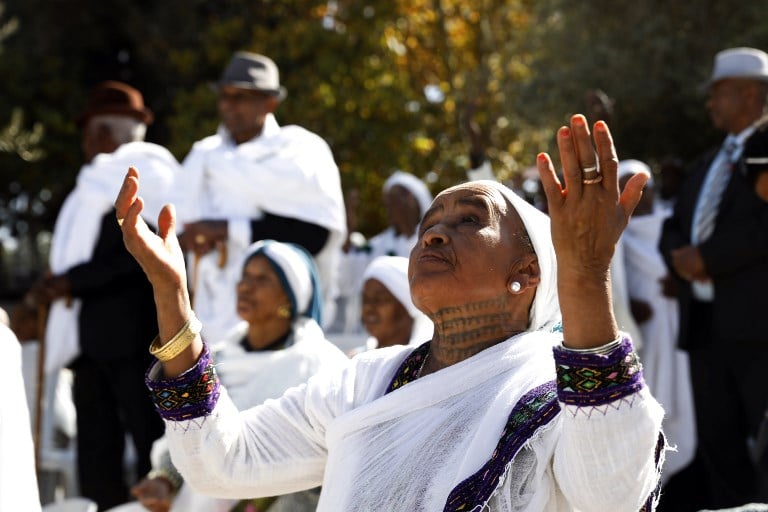
This holiday has several meanings:
Sigd recalls the giving of the Torah on Mount Sinai as the foundation of the covenant with God. On this day, we commemorate the renewal of the covenant by the exiled Jews who returned to Jerusalem in the days of the Return to Zion.
Sigd serves as an opportunity to remind the Beta Israel, who are distant from the rest of the Jewish people, of the need to be faithful to the mitzvot, the Torah, and Jerusalem, despite the difficulty this may involve.
This holiday is an opportunity for the Beta Israel to recognize their repentance, to demonstrate their faithfulness to the covenant, and to address their heavenly Father through fasting and prayer.
Sigd leads to reconciliation between individuals. It creates a feeling of unity and security.
Preparations for Sigd
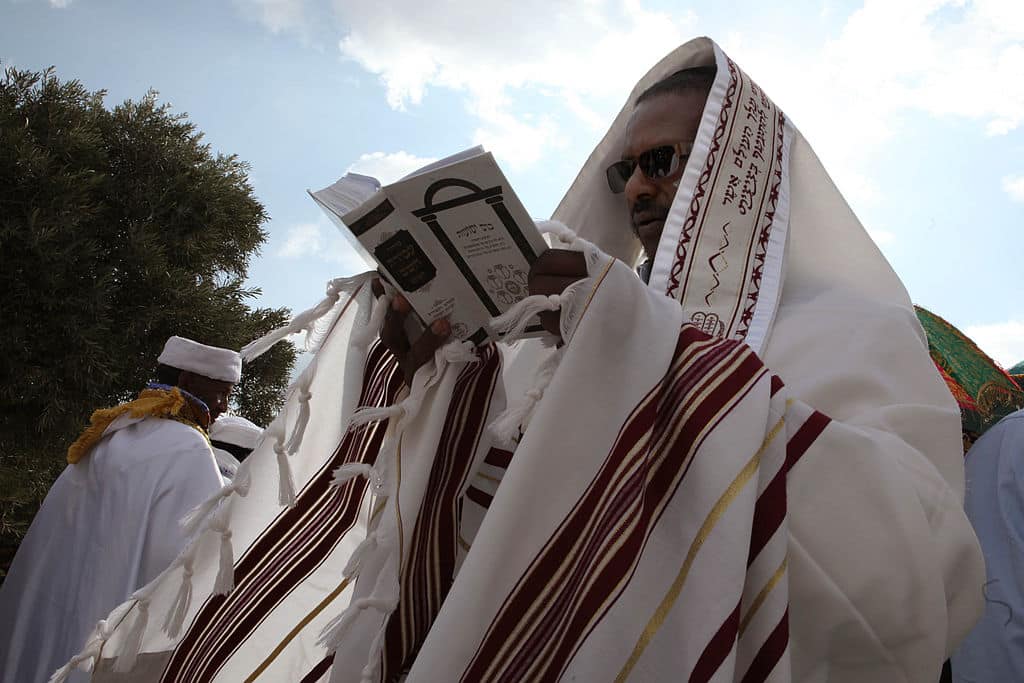
The day before Sigd, everyone, from children to the elderly, prepared with great anticipation for the next day. It was customary to prepare one’s holiday clothes and launder them, similar to the preparations made by the Israelites for the giving of the Torah at Mount Sinai, which included laundering their clothes (Exodus 19:10). The kohanim slaughtered cows and sheep and prepared the meat for a celebratory meal at the end of the Sigd holiday, and everyone gathered in the central villages, where the festival was held. In order to reach the villages on time, sometimes they had to travel long distances over several days. On the eve of the festival, it was customary to recite special prayers.
Originally Published Nov 23, 2022 12:01AM EST
